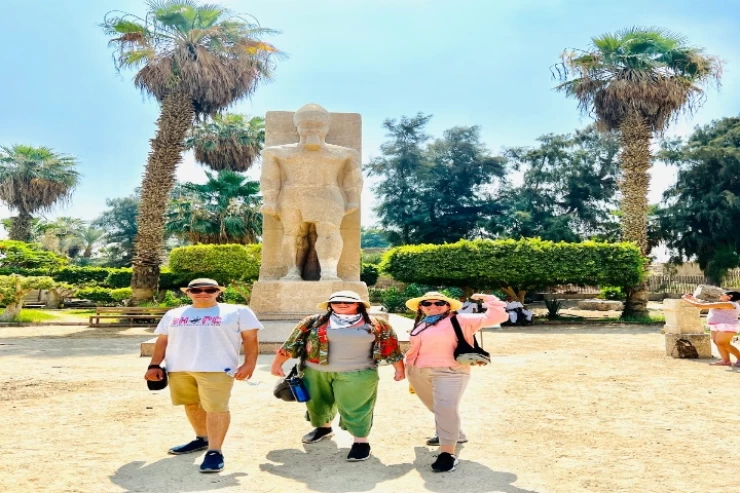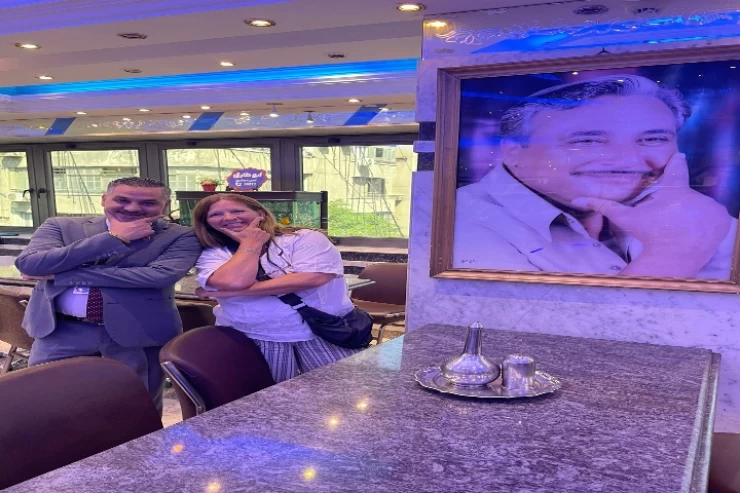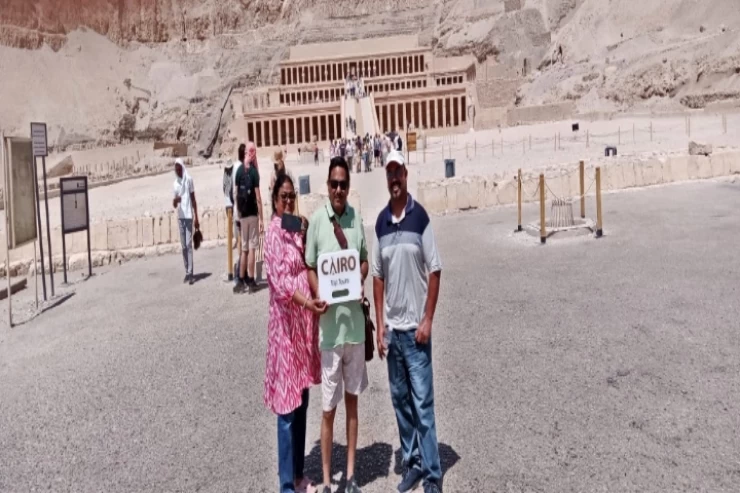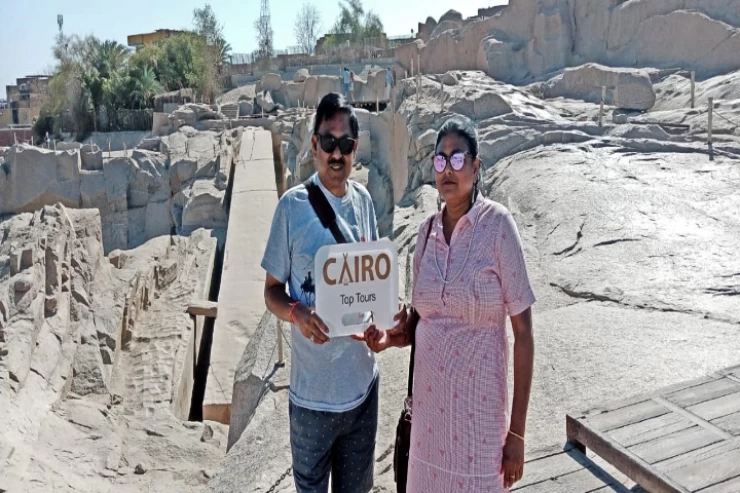Numerous significant historical and archeological landmarks, including the Temple of Karnak, the Temple of Luxor, and the Mummy Museum, may be found in this charming tourist destination. Your Luxor sightseeing tour aims to explore these archaeological monuments, the history of ancient Egypt, and the charming atmosphere of the city, where one of our expert guides will be waiting to take you on a unique tour from your hotel in Luxor via a very comfortable air-conditioned car to enjoy every moment of your day.
We will take our first step to explore Karnak Temple, one of the most important temples in Luxor. This temple was built for the divine trinity of Amun (Amun-Ra in modern times), his wife the goddess Mut, and their son Khonsu; each of them has a temple in the Karnak temple complex. The Karnak temple, which belongs to Amun, is sometimes only of interest to tourists and non-specialists. The temple has also been known by many names, including Nisut-Toa, meaning "the throne of the two states," and Ibet Iset, meaning "the most magnificent residence." At that time the god Atum stood.
Next on our itinerary is a visit to the Temple of Luxor, a highly intricate ancient Egyptian temple situated on the eastern bank of the Nile. We can observe that the ancient architects built the temples on the eastern bank of the Nile in the direction of a west-east axis, while they built them on the western bank in the direction of an east-west axis.The Luxor Temple, which is situated on the eastern bank, was constructed with a north-south axis in mind. It is able to fit in perfectly with the spectacular Karnak Temple complex to the north because to the Sphinx Causeway that connects the two temples. It is possible that the later architects of King Ramses II had to change the axes of the buildings added during his reign, as well as the pylon and the vestibule of the temple of King Amenhotep III, when they rebuilt the ancient triple compartment of Queen Hatshepsut and King Thutmose III.
We will culminate our itinerary with a visit to the Luxor Mummification Museum. The purpose of this museum is to showcase the processes of the ancient Pharaonic art of mummification, which the Egyptians used to preserve a variety of animals, including cats, fish, and crocodiles. These are exhibited in this unique museum, and we can also learn about the means that were used in this process. Mohamed Hosni Mubarak, the president, officially launched the stunning museum in 1997.
Finally, we will take you back to your hotel in Luxor after having a delicious lunch in a local restaurant.
























